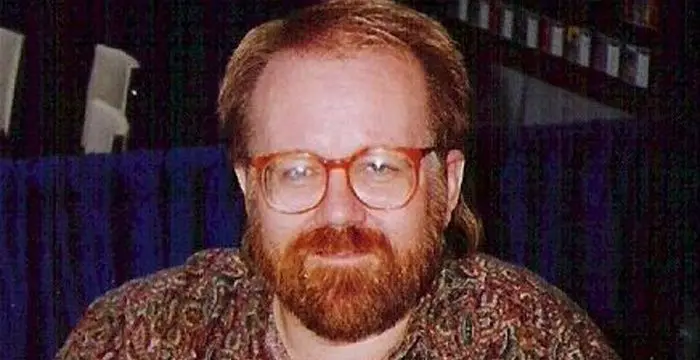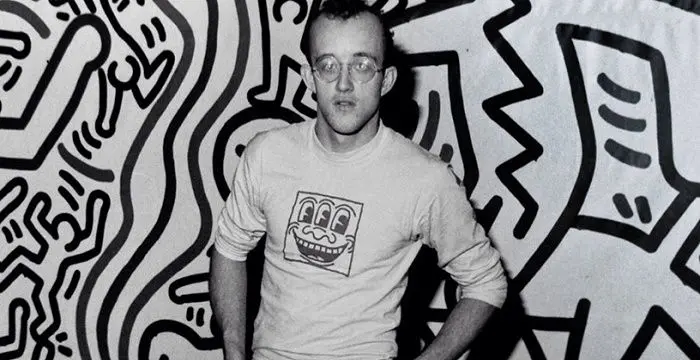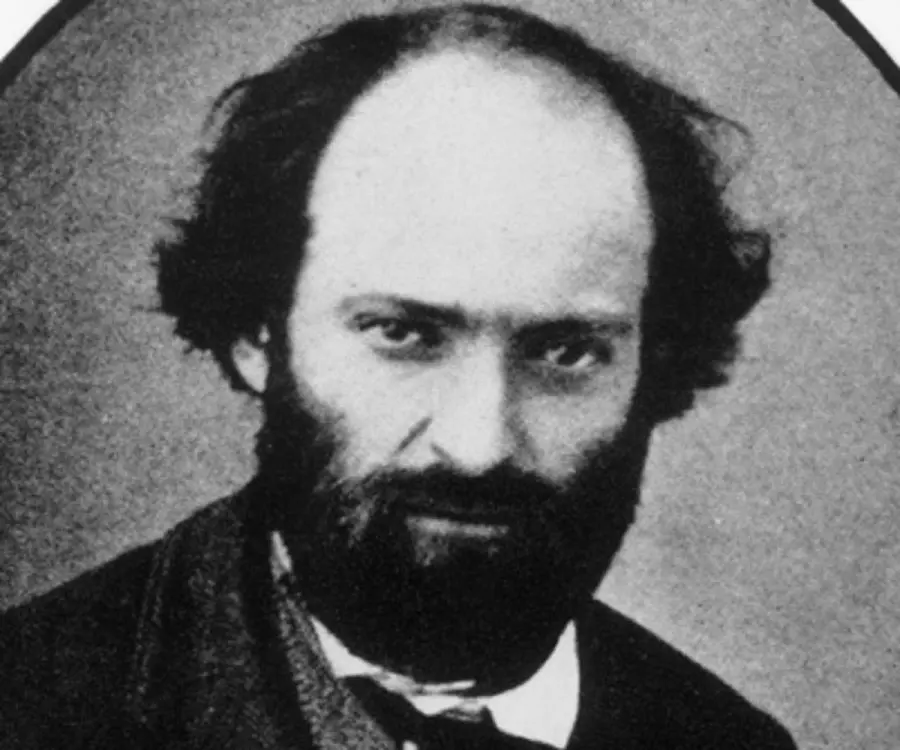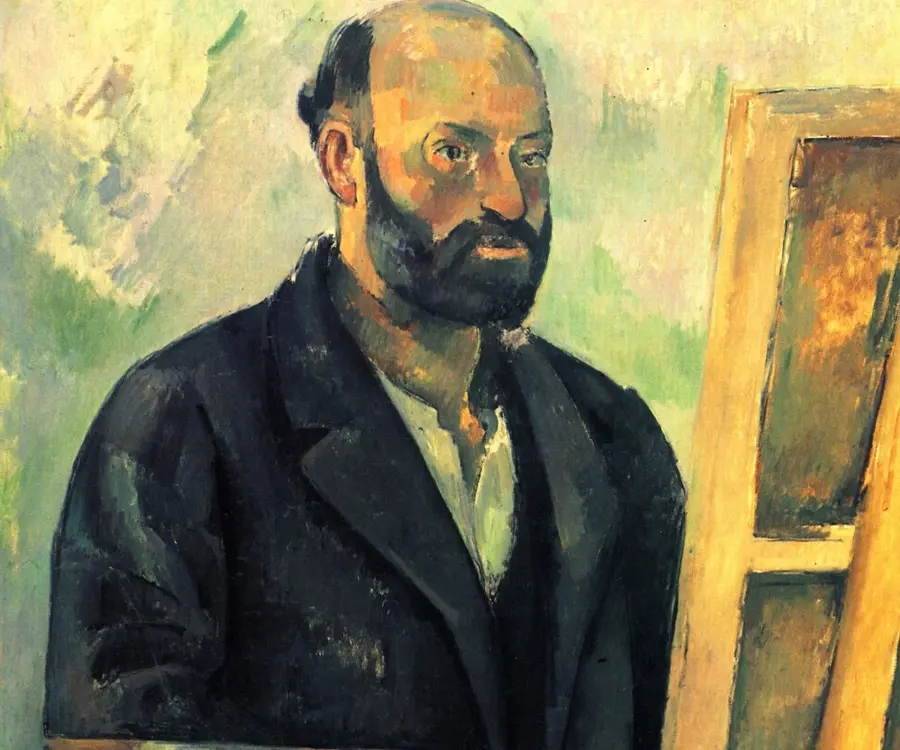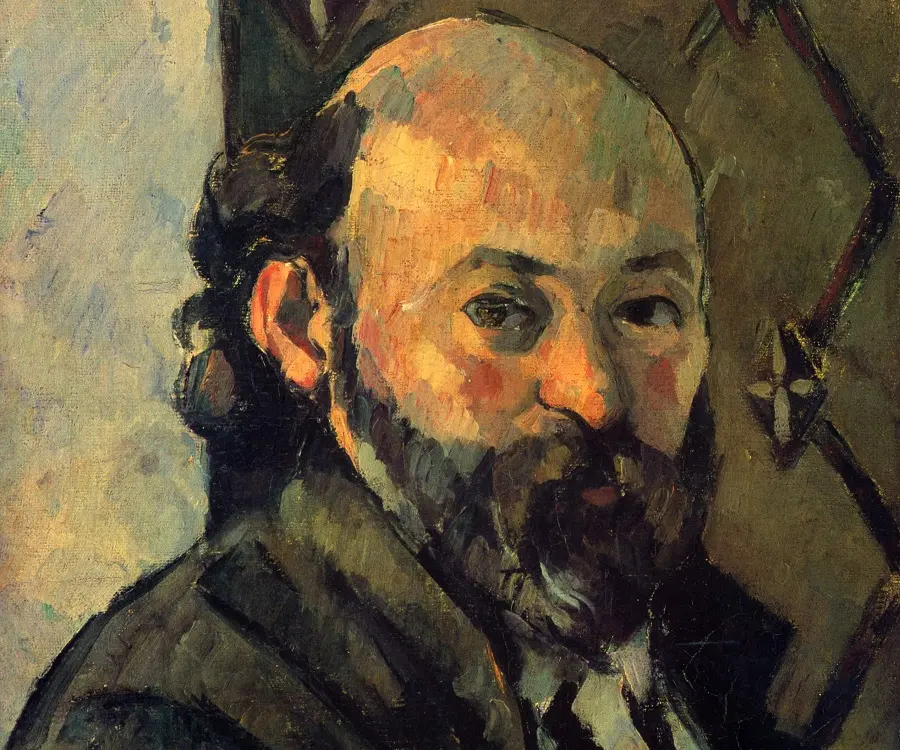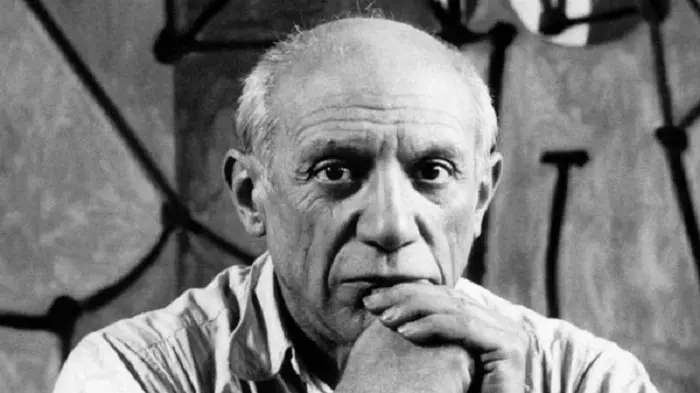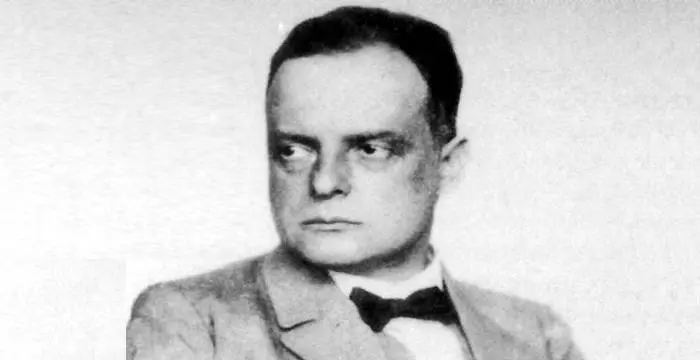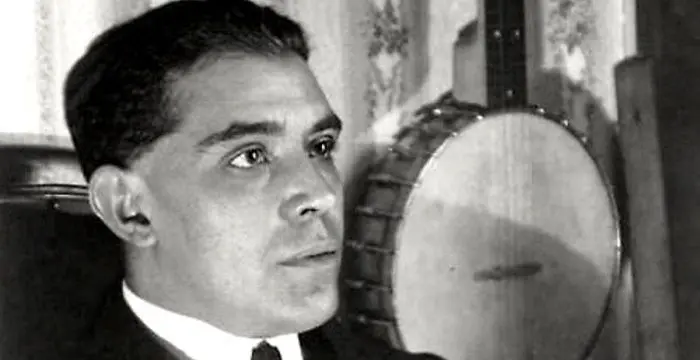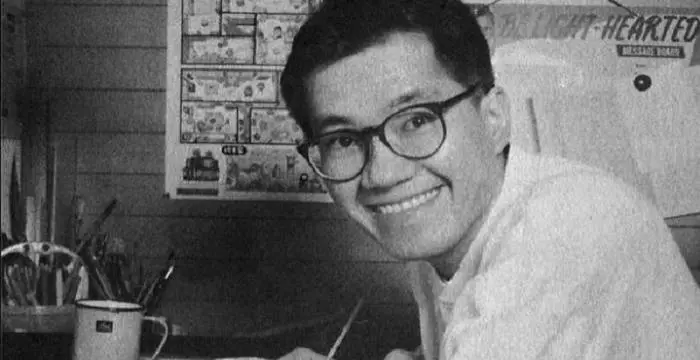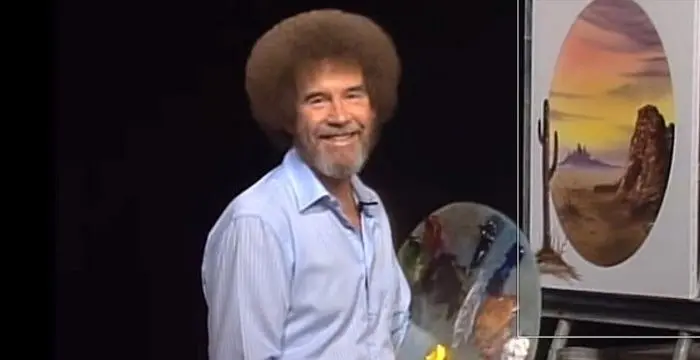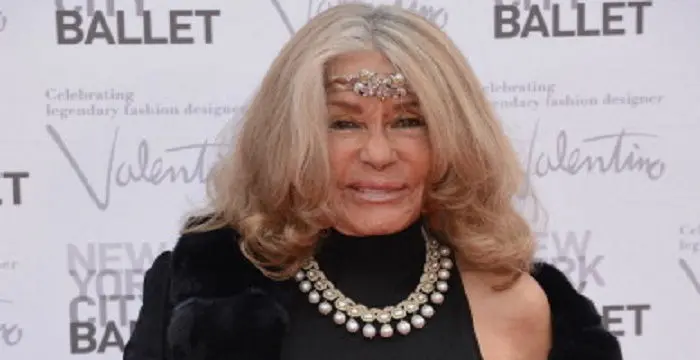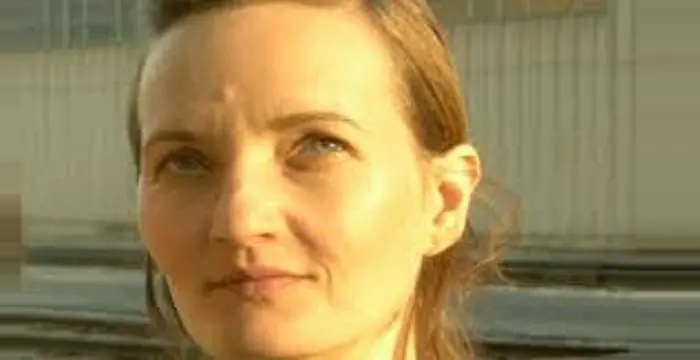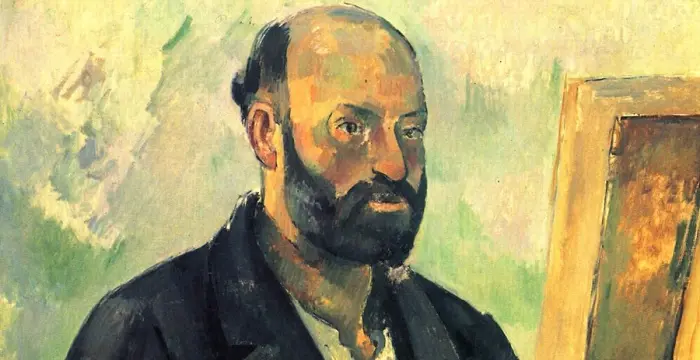
Paul Cezanne - Artists, Facts and Facts
Paul Cezanne's Personal Details
Paul Cezanne was an influential post-impressionist painter known for his radically intense style, bold colours and brushstrokes
| Information | Detail |
|---|---|
| Birthday | January 19, 1839 |
| Died on | October 22, 1906 |
| Nationality | French |
| Famous | Artists & Painters, Artists, Abstract Painters, Cubist Painters, Artists |
| Spouses | Marie-Hortense Fiquet (m. 1886) |
| Siblings | Marie, Rose |
| Known as | Paul Cézanne |
| Universities |
|
| Birth Place | Aix-en-Provence |
| Religion | Roman Catholic |
| Gender | Male |
| Father | Louis-Auguste Cézanne |
| Mother | Anne-Elisabeth Honorine Aubert |
| Sun Sign | Capricorn |
| Born in | Aix-en-Provence |
| Famous as | French artist |
| Died at Age | 67 |
// Famous Artists
John Byrne
John Lindley Byrne is an American comic-book writer and artist. This biography provides detailed information about his childhood, life, career, achievements and timeline.
Mike Shinoda
Mike Shinoda is an American musician, rapper, guitarist, keyboardist, songwriter, vocalist and record producer. This biography provides detailed information on his childhood, life, works, achievements and timeline.
Keith Haring
American artist Keith Haring was renowned for his graffiti works. This biography of Keith Haring provides detail information about his profile, childhood, life & timeline.
Paul Cezanne's photo
Who is Paul Cezanne?
Paul Cezanne was a leading figure of the impressionist movement who had a profound influence on modern art. He studied art in Paris but was not very comfortable with the city and thus, preferred to work from his hometown, Aix, and shuttled to Paris from time to time. This disquiet in his life is visible in the rough style of his early works. During his time in Paris, he worked alongside contemporaries such as Edouard Manet, Claude Monet and Camille Pissarro. With constant feedback and mentoring of Camille Pissarro, he moved from dour tones and heavy emotions to brighter hues and lesser aggressive themes, such as pastoral or rural scenes and landscapes. Pissarro and he worked ‘en plein air’ depicting the southern French countryside like no other artists before them. The reverence and joy with which he painted his greatest inspiration—nature—is reflected in all his works. Much of modern art, especially ‘cubism’, owes a lot to the artist and his aesthetics. His brushwork and use of color is held in high esteem by modern artists, and his influence can be seen in every cubist work of art, even today. His paintings are put on display at the Louvre and the Metropolitan Museum and the Museum of Modern Art. Scroll further to learn more about this personality.
// Famous Cubist Painters
Pablo Picasso
Pablo Picasso was one of the greatest painters of the 20th century. With this biography, explore his life, childhood, profile and timeline.
Paul Klee
Paul Klee was a Swiss-German painter counted among the greatest painters of the 20th century. This biography of Paul Klee provides detailed information about his childhood, life, achievements, works & timeline.
Juan Gris
Juan Gris was a renowned Spainish painter. Check out this biography to know about his childhood, life, achievements, works & timeline.
Childhood & Early Life
Paul Cezanne was born to Louis-Auguste and Anne Elisabeth Honorine Aubert, in Aix-en-Provence. His mother appears to have been the primary influence in his early years; his outlook and vision towards life and art.
He attended primary school along with his younger sisters, Marie and Rose, and then went on to study at Saint Joseph School, in Aix. He enrolled to College Bourbon (currently College Mignet) in 1852, where he formed an inseparable kinship with Emile Zola and Baptistin Baille.
From 1858 to 1861, he pursued law at the University of Aix alongside attending drawing classes.
Career
Paul Cezanne’s early work comprises of figures in landscapes and plain landscapes, mostly produced out of imagination. He formed a close bond with Camille Pissarro in the 1860s, with whom he travelled on a number of excursions and painted landscapes with. The duo collaborated on a number of projects.
He was an established artist by the mid-1860s and most of his paintings used baleful, heavy tones and were characterized by morbid themes. Around this time, by Napoleon III’s decree, the works of young Impressionists painters were showcased at the ‘Salon des Refuses’ instead of the usual, ‘Academie des Beaux-Arts’.
Most of Cezanne’s early works were inspired by the Impressionist works of these dejected artists, but his strained personal ties with them, led to his usage of murky tones in his work. From 1861 to 1870, Cezanne painted a series of paintings with a palette knife and called these works ‘une couillarde’.
His later paintings and sketches from the period between 1867 and 1869 were based on suggestive and intense themes, including ‘Women Dressing’, ‘The Rape’ and ‘The Murder’. When the Franco-Prussian War commenced, Cezanne and his mistress settled in Marseilles, France, where he began painting landscapes.
From 1874 to 1877, many of his paintings were displayed at Impressionist exhibitions, some of which were severely criticized.
In need of financial aid, he travelled around Paris and then befriended Renoir and Monet, with whom he worked in 1882 and 1883.
Towards the end of his life, his paintings became even more popular among the public and promising novice painters. As a result, from 1899 to 1902, some of the paintings of the artist was sent to the ‘Salon des Independants’.
By 1904, a whole studio was allotted to him to keep his works. The studio still exists and is known as the ‘Atelier Paul Cezanne’.
Major Works
‘Compotier, Pitcher, and Fruit’, painted between 1892 and 1894, is considered one of his famous paintings, for its texture and shadows. The painting depicts everyday objects yet expresses complex emotions through the use of harmonious colours. This technique and depth is said to have revolutionized art during the 20th century.
‘Les grandes baigneuses’, which he worked on from 1898 to 1905, is considered one of his masterpieces and is often studied for the varying levels of detail and symmetrical dimensions and the positions of the nudes in the painting.
Personal Life & Legacy
Afraid of offending his father, Cezzane went to great lengths to conceal his liaison with Marie-Hortense Fiquet—the subject of 27 portraits and the mother of his son Paul, as he was afraid his father would cut him off financially.
He died due to pneumonia, which developed from painting for two hours in heavy downpour. His son inherited his estate, but his wife squandered her settlement through gambling.
Following his death, his paintings were exhibited in a museum in Paris in 1907.
He is now accredited for a modern technique known as ‘cubism’, which is implemented by many modernist painters.
To honour his memory, a Cezanne Medal, is granted by the city of Aix en Provence for special achievement in the field of art.
Trivia
While speaking about this artist, both Matisse and Picasso are said to have remarked, “‘He is the father of us all”.
‘The Boy in the Red Vest’, one of his famous works, was stolen from a Swiss museum in 2008 but was recovered through a Serbian police raid in 2012.
During his artistic career spanning more than forty years, this prolific artist produced more than 900 oil paintings, 400 watercolors, and numerous incomplete works. 200 of his complete works are still-life paintings.
// Famous Artists
Susan Mikula
Susan Mikula is an American artist and photographer. Check out this biography to know about her childhood, family life, achievements and fun factsabout her life.
Akira Toriyama
Akira Toriyama is a Japanese manga artist. This biography profiles his childhood, family, personal life, achievements, etc.
Bob Ross
Bob Ross was a celebrated, creative American painter and an art instructor. Check out this biography to know about his birthday, childhood, family life, achievements and fun facts about him.
Paul Cezanne biography timelines
- // 19th Jan 1839Paul Cezanne was born to Louis-Auguste and Anne Elisabeth Honorine Aubert, in Aix-en-Provence. His mother appears to have been the primary influence in his early years; his outlook and vision towards life and art.
- // 1852He attended primary school along with his younger sisters, Marie and Rose, and then went on to study at Saint Joseph School, in Aix. He enrolled to College Bourbon (currently College Mignet) in 1852, where he formed an inseparable kinship with Emile Zola and Baptistin Baille.
- // 1858 To 1861From 1858 to 1861, he pursued law at the University of Aix alongside attending drawing classes.
- // 1861 To 1870Most of Cezanne’s early works were inspired by the Impressionist works of these dejected artists, but his strained personal ties with them, led to his usage of murky tones in his work. From 1861 to 1870, Cezanne painted a series of paintings with a palette knife and called these works ‘une couillarde’.
- // 1867 To 1869His later paintings and sketches from the period between 1867 and 1869 were based on suggestive and intense themes, including ‘Women Dressing’, ‘The Rape’ and ‘The Murder’. When the Franco-Prussian War commenced, Cezanne and his mistress settled in Marseilles, France, where he began painting landscapes.
- // 1874 To 1877From 1874 to 1877, many of his paintings were displayed at Impressionist exhibitions, some of which were severely criticized.
- // 1882 To 1883In need of financial aid, he travelled around Paris and then befriended Renoir and Monet, with whom he worked in 1882 and 1883.
- // 1892 To 1894‘Compotier, Pitcher, and Fruit’, painted between 1892 and 1894, is considered one of his famous paintings, for its texture and shadows. The painting depicts everyday objects yet expresses complex emotions through the use of harmonious colours. This technique and depth is said to have revolutionized art during the 20th century.
- // 1898 To 1905‘Les grandes baigneuses’, which he worked on from 1898 to 1905, is considered one of his masterpieces and is often studied for the varying levels of detail and symmetrical dimensions and the positions of the nudes in the painting.
- // 1899 To 1902Towards the end of his life, his paintings became even more popular among the public and promising novice painters. As a result, from 1899 to 1902, some of the paintings of the artist was sent to the ‘Salon des Independants’.
- // 22nd Oct 1906He died due to pneumonia, which developed from painting for two hours in heavy downpour. His son inherited his estate, but his wife squandered her settlement through gambling.
// Famous Artists & Painters
Micheline Roquebrune
Micheline Roquebrune is a petite Moroccan-French painter best known as the third wife the legendary Scottish actor Sir Sean Connery. Check out this biography to know about her birthday, childhood, family life, achievements and fun facts about her.
Yvonne McGuinness
Yvonne McGuinness is an Irish multimedia artist. This biography profiles her childhood, family, personal life, career, etc.
Akira Toriyama
Akira Toriyama is a Japanese manga artist. This biography profiles his childhood, family, personal life, achievements, etc.
Bob Ross
Bob Ross was a celebrated, creative American painter and an art instructor. Check out this biography to know about his birthday, childhood, family life, achievements and fun facts about him.
Pablo Picasso
Pablo Picasso was one of the greatest painters of the 20th century. With this biography, explore his life, childhood, profile and timeline.
Johannes Vermeer
Johannes Vermeer was a famous Dutch Baroque painter of the seventeenth century. This biography provides detailed information about his childhood, profile, career and timeline
Paul Cezanne's FAQ
What is Paul Cezanne birthday?
Paul Cezanne was born at 1839-01-19
When was Paul Cezanne died?
Paul Cezanne was died at 1906-10-22
Where was Paul Cezanne died?
Paul Cezanne was died in Aix-en-Provence
Which age was Paul Cezanne died?
Paul Cezanne was died at age 67
Where is Paul Cezanne's birth place?
Paul Cezanne was born in Aix-en-Provence
What is Paul Cezanne nationalities?
Paul Cezanne's nationalities is French
Who is Paul Cezanne spouses?
Paul Cezanne's spouses is Marie-Hortense Fiquet (m. 1886)
Who is Paul Cezanne siblings?
Paul Cezanne's siblings is Marie, Rose
What was Paul Cezanne universities?
Paul Cezanne studied at Académie Suisse
What is Paul Cezanne's religion?
Paul Cezanne's religion is Roman Catholic
Who is Paul Cezanne's father?
Paul Cezanne's father is Louis-Auguste Cézanne
Who is Paul Cezanne's mother?
Paul Cezanne's mother is Anne-Elisabeth Honorine Aubert
What is Paul Cezanne's sun sign?
Paul Cezanne is Capricorn
How famous is Paul Cezanne?
Paul Cezanne is famouse as French artist
